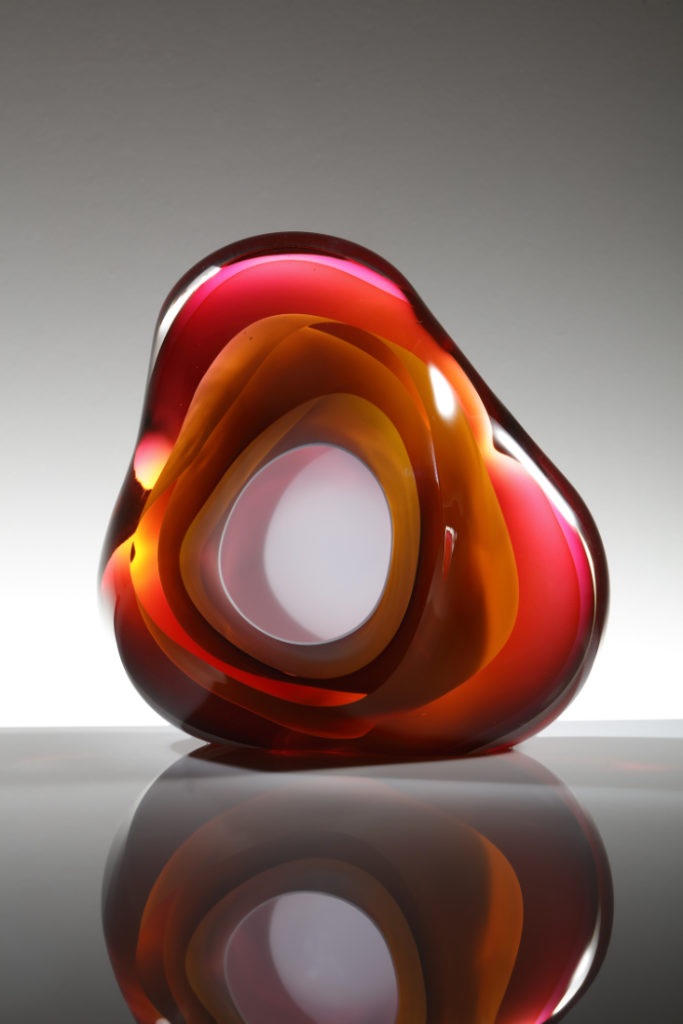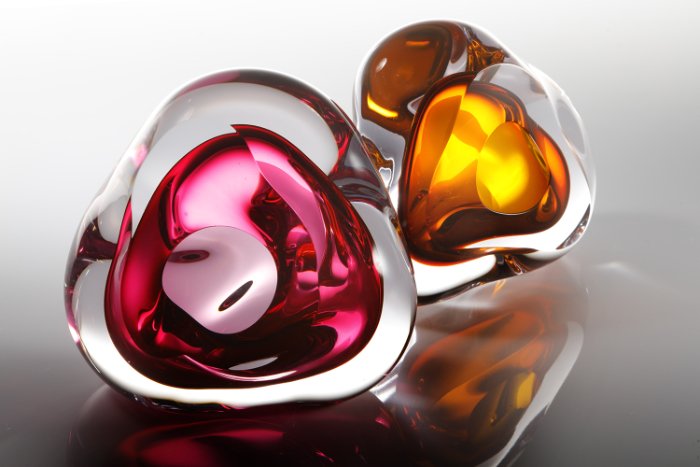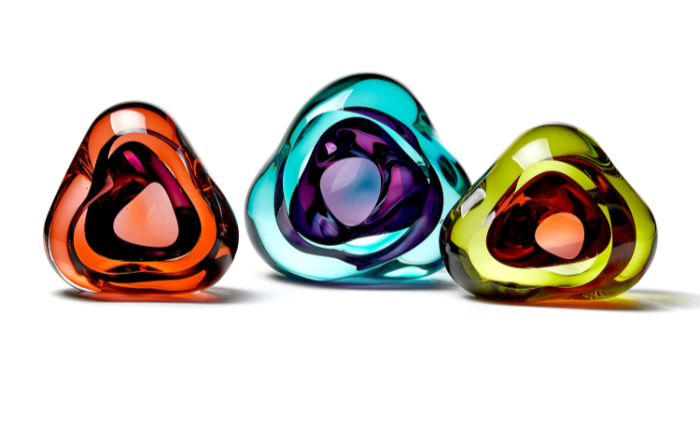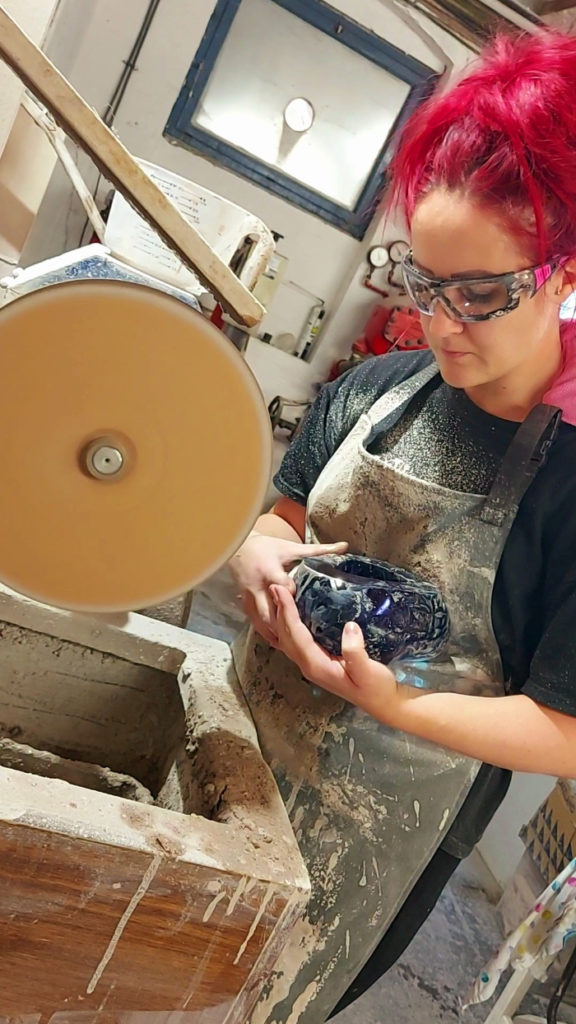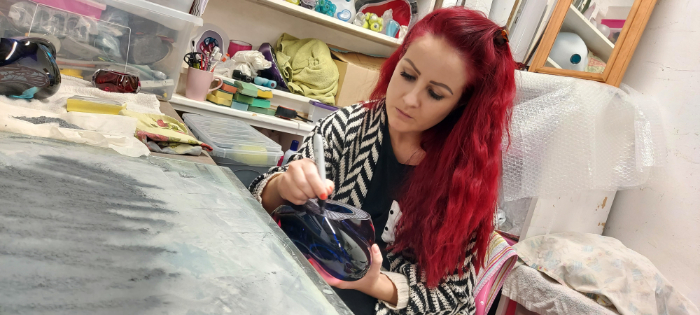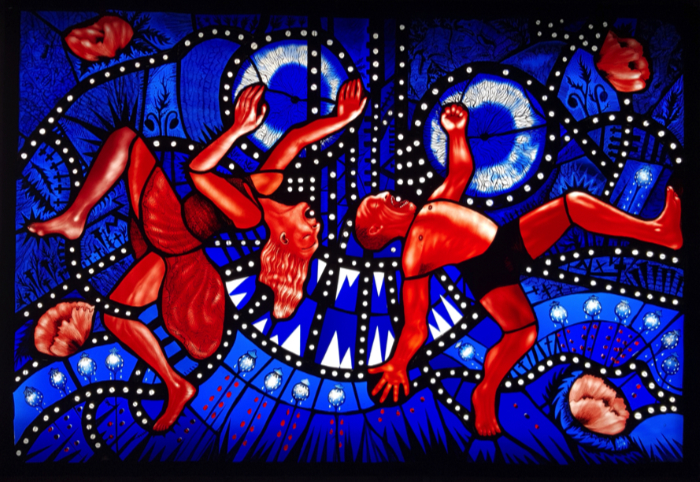
Stained glass artist and a singer Pinkie Maclure believes stained glass today should revive the narrative qualities of previous centuries, but reflect the dark humour of the world today. Here she explains her journey in glass.
I first learned the basics of stained glass when a friend asked me to help do some repairs. I became interested in the narrative possibilities of stained glass and bought a book on glass painting. After many near misses with kilns and sandblasters, I have slowly learnt to make quite complex and satisfying work.
I want stained glass to be a contemporary art form in its own right, rather than it always being secondary to architecture, religion or interior design. Although I do sometimes make large architectural windows, I find that making light boxes, to be displayed on a wall like glowing paintings, allows me greater artistic freedom, intimacy and spontaneity.
When it comes to techniques, I work with both copper foil and lead, and use painting, layering, engraving, sandblasting and mixed media, such as feathers, newspaper and beads. I make a rough digital collage first as a guide and then add more ideas as I make the actual piece. I like the slowness of the handmade process, because it allows me access to my subconscious and, as I work, ideas seem to come from nowhere. I use a lot of scrap glass and oddments from other windows, because I like that element of chaos found in windows that have been repaired many times.
Exhibitions
My first show was with an organisation called Outside In, in 2015. They work with artists who are creating outside the art school network. There is a stigma that goes with being self-taught, which made it difficult for me to exhibit at first. They gave me my first opportunity to exhibit nationally, and that led to my work being shown in the National Museum of Scotland ‘Art of Glass’ exhibition and the Outsider Art Fair in New York. The National Museum of Scotland then purchased my piece ‘Self-Portrait Dreaming of Portavadie’ in 2020.

Ultimately, my goal is to make beautiful work with which to seduce the eye, but crucially, I want to deal with contemporary subject matter, emptying my head of its fears and frustrations by telling darkly humorous stories about the world we find ourselves in.
My work is heavily influenced by the curious and wonderful windows in cathedrals such as Chartres and York, with their extraordinary imagery and astonishing narrative power. I particularly like the small, intimate pieces tucked away in unexpected places; they draw you in and often have a timeless quality. They’re often very strange or funny, whether by design or not. In my own work, I sometimes include odd characters or creatures from medieval art, dropping them in as commentators on 21st-century events. I believe our present is haunted by our past and we have more in common with our ancestors than we know.
I enjoy the cracked, fragmented nature of stained glass resulting from decades of repairs. It reflects how many of us feel today and it gives a strange poignancy to the work. The subject matter of my light boxes ranges from the darkly comical to the most serious of issues, such as addiction, lockdown, insomnia and climate change.
I showed two pieces of my work at Collect, London, with North Lands Creative, in February 2022. They were both ‘Tree of Life’ pieces. The tree is a symbol I use a lot in my work. It’s found in so may different religions and myths and now it has become a potent symbol of the battle against climate change. Being supporters of so much life, trees are also an endless source of beauty and I love hiding tiny insects and birds within their layers. In my ‘Tree of Life and Death Scenarios’ I included fungi, as they are crucial to tree networks, but also human hands, to symbolise our dependence upon, and our careless destruction of, forests. At the bottom of the piece there are tiny human figures clinging desperately to the branches.
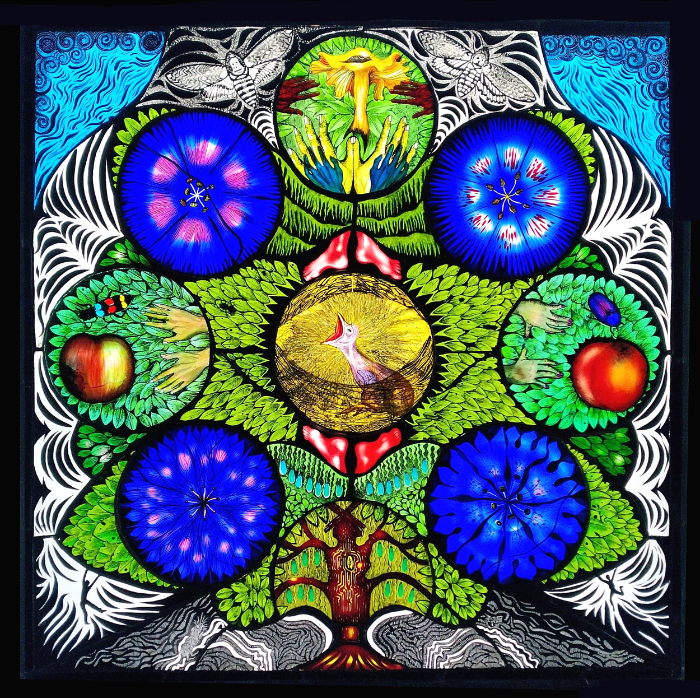
The smaller piece, ‘Exit Tree’, uses a ladder (commonly used to symbolise Christ’s ascension) to symbolise humans abandoning the planet. Below them is a long-forgotten picnic table, which is now being occupied by frogs and birds in a post-human world. In the centre of the tree is a rusty old satellite dish containing a dove in its nest.
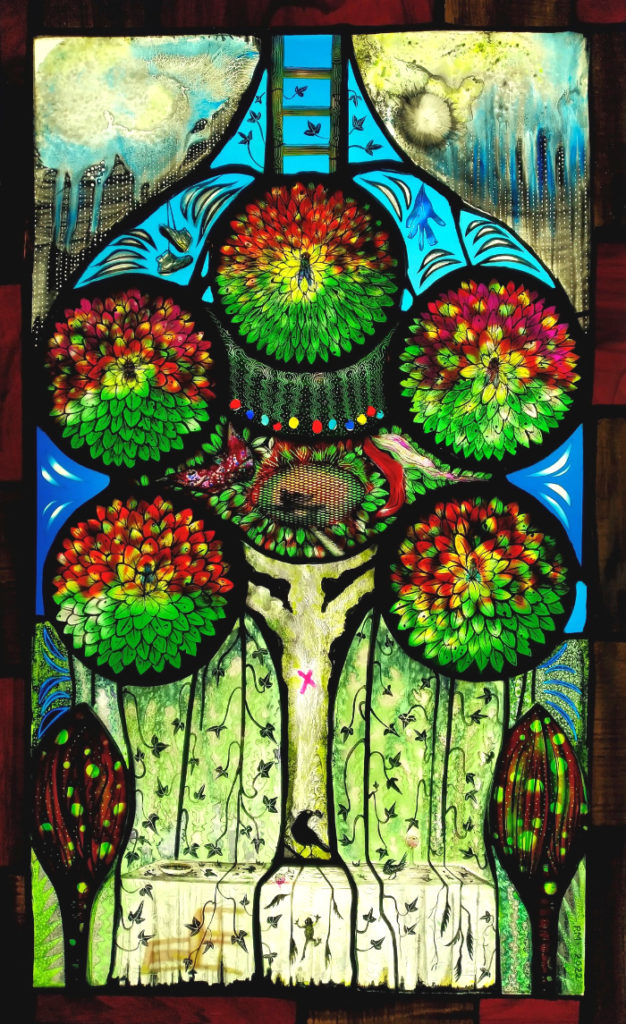
In 2020, I won the John Byrne Award for Skill and Artistry for my piece ‘Pills for Ills, Ills for Pills’ (see main feature image), which is still one of my favourite pieces. Entirely made in blue and red, it’s a protest against the increasing prescribing of opiates by the NHS. Addiction to these painkillers has become a huge problem in the US, as they lose their effect and people are forced to consume larger and larger amounts. My piece shows two people tumbling helplessly into addiction, with a conveyor belt of pills falling into their mouths, while the spectral skull of addiction grins in the background. They’re surrounded by opium poppies – beautiful, but deadly.
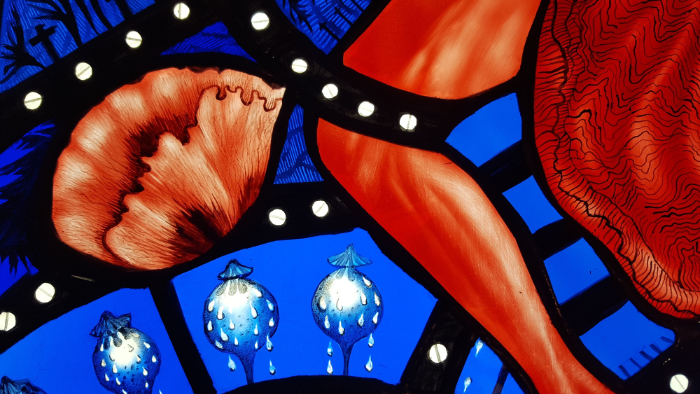
I was lucky to be very busy with work during lockdown, because I received funding from Creative Scotland to make work for an exhibition at An Tobar Arts Centre on Mull, which eventually took place in Autumn 2021. An Tobar also commissioned me to make a COVID-19-related piece to be permanently installed in the building. The piece I made is of a mother and daughter reaching out to one another via headsets, surrounded by lost keys and tangled wires pulling a big red heart in two. The heart shape felt like a bit of a cliché, but somehow the mother and daughter thing made it work. I was unable to see my elderly mum for a long time and we never saw one another’s unmasked faces in the three years before she died, so this seemed an appropriate image and the title is simply ‘I Miss my Mum’.
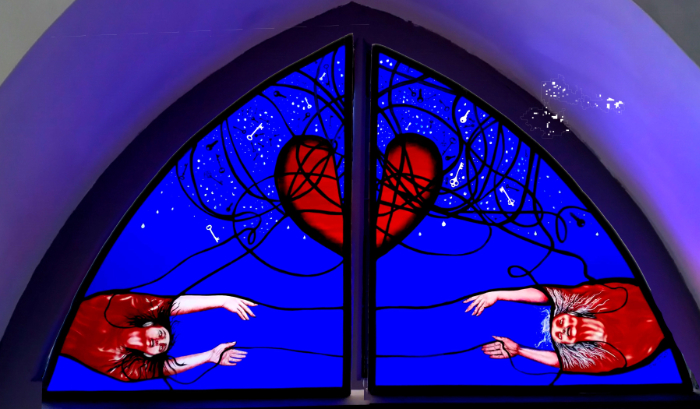
During lockdown, I also made a piece for the Sequested Prize, which was a self-portrait prize created for artists during lockdown and judged by a prestigious panel of judges, including the director of the National Portrait Gallery. I was delighted to be one of the 15 winners. Working on stained glass got me through this terrible period, when, like most of us, my mental health was suffering. The piece I made is called ‘Totally Wired – Self-Portrait with Insomnia Posy’. The plants I’m clutching are all supposed to be sleep remedies, but of course, in extreme cases, they don’t work. The tiny stars in the sky behind me are actually hands waving, representing distant friends and family.
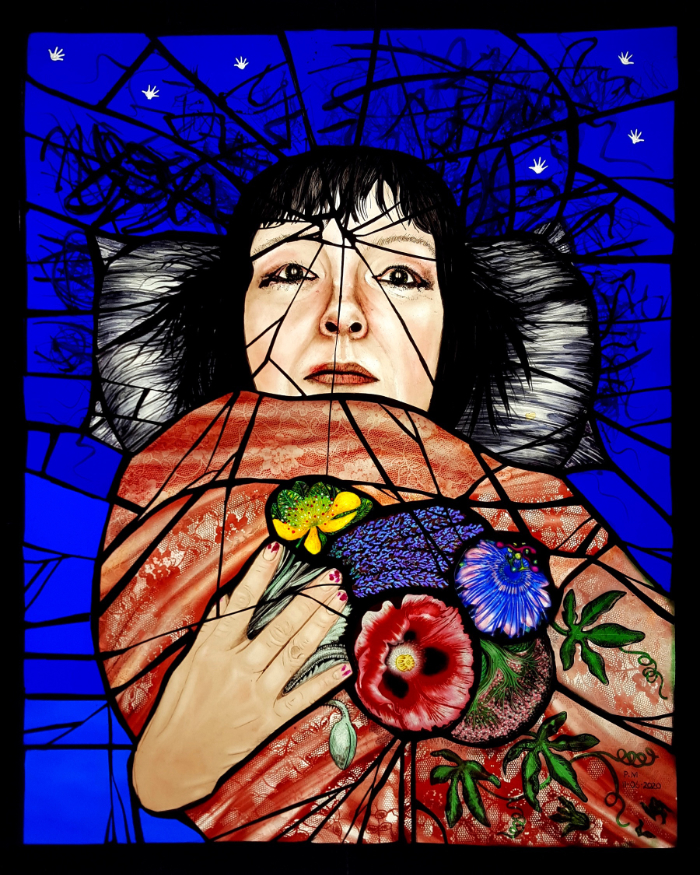
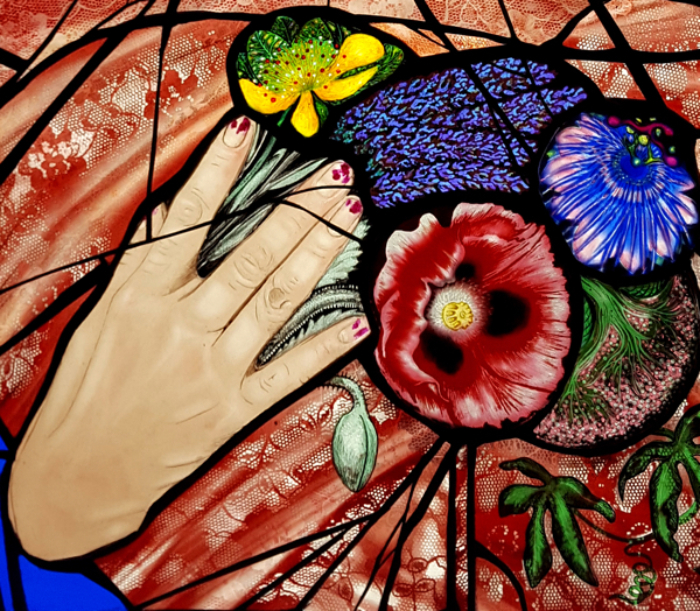
I also have two pieces in the quite radical touring exhibition ‘We are Commoners’ with Craftspace. It explores the contemporary commons movement and can be seen in Hull Library until September and Colchester Minories after that.
In November I’m giving a talk about my work at the National Museum of Scotland and I also have a piece going into a group show in Whitechapel, London.
I’m currently working on an idea for a sound installation and live performance with stained glass as an important element. I was a singer long before I found glass and I’ve recorded 10 albums. I co-created a multimedia show called ‘Song Noir’ for Edinburgh Fringe in 2015, which toured to London and Germany, but it was exhausting, so I took a break to focus solely on stained glass.
Now I miss the sound and performance element, so it’s just a matter of putting the work in and then finding the right venue. I’ve been wanting to find a way to pull together all these disparate skills for a very long time. It’s an exciting prospect!
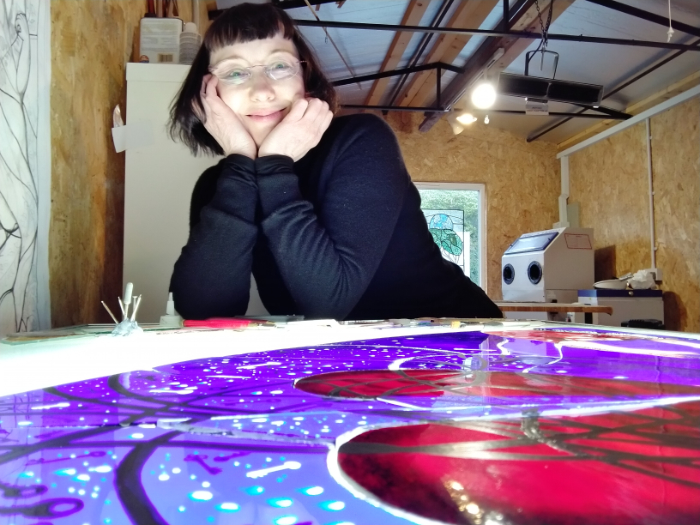
About the artist
Pinkie Maclure is an installation artist specialising in stained glass and voice work.
The powerful, narrative role of stained glass was largely lost in the 20th century and Pinkie seeks to reverse this by making intimate light boxes, like glowing paintings, with contemporary narratives. Using a multitude of techniques, including engraving, painting and layering, she creates poignant, darkly humorous vignettes full of symbolism, which explore her personal demons as well as the big issues of today.
She has won a number of prizes and her work has been acquired by the National Museum of Scotland. In November she is giving a talk there and for 2023 she is developing an installation using stained glass and ambisonic sound.
Find out more via Pinkie Maclure’s website: www.pinkiemaclure.net and follow her on Instagram @pinkie.maclure . You can also watch a film about her and her stained glass on the National Museums Scotland website via this link.
Main feature image: ‘Pills for Ills, Ills for Pills’, which won the John Byrne Award for Skill and Artistry.
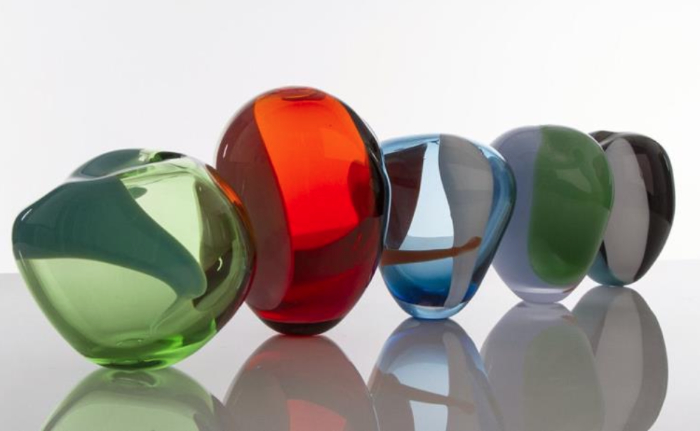
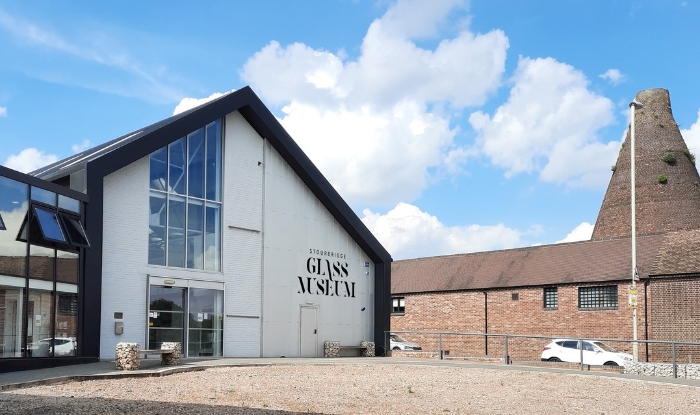
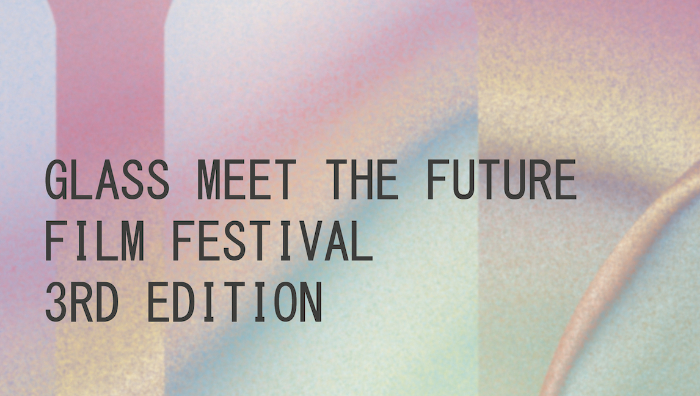
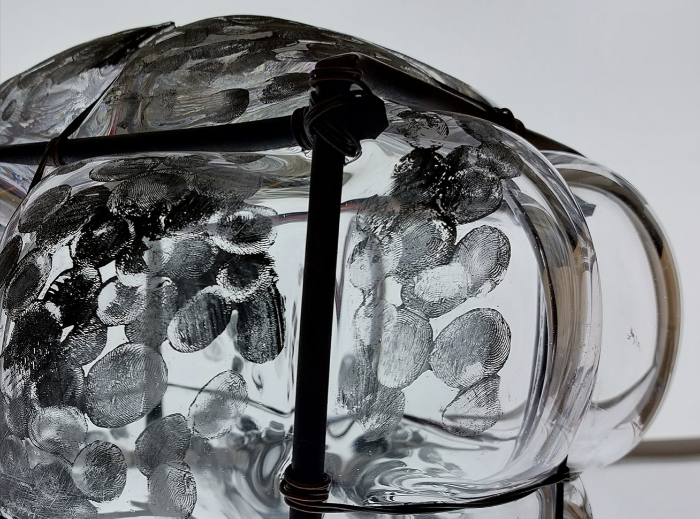
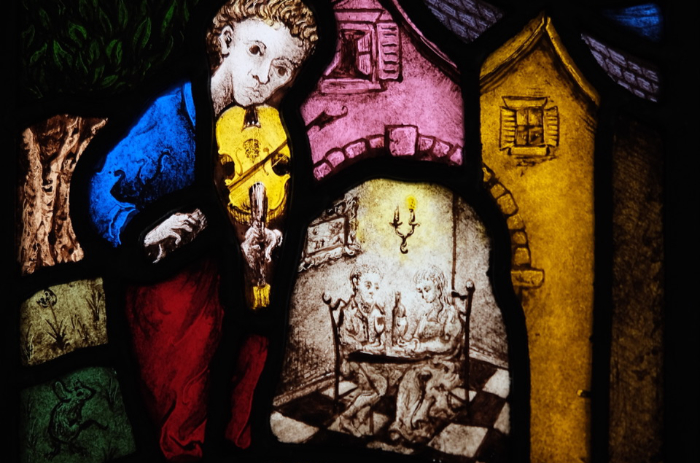
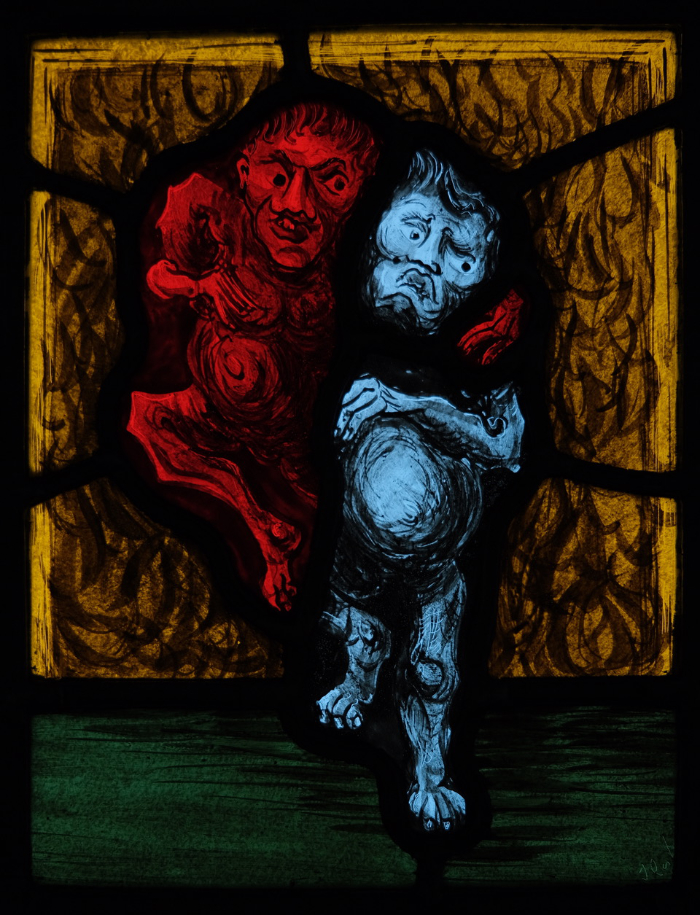
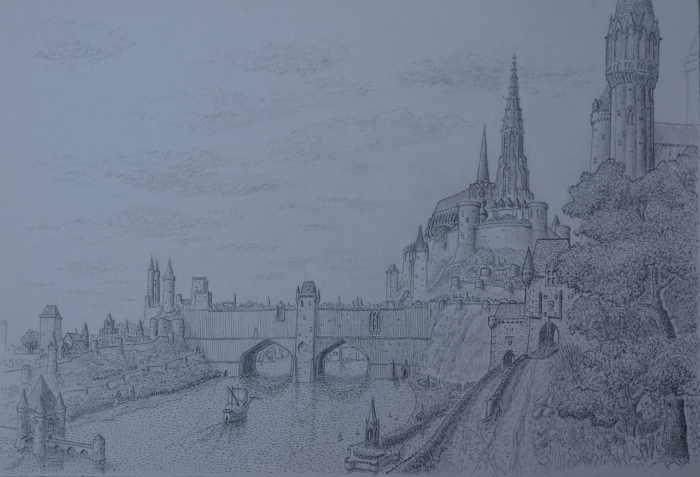

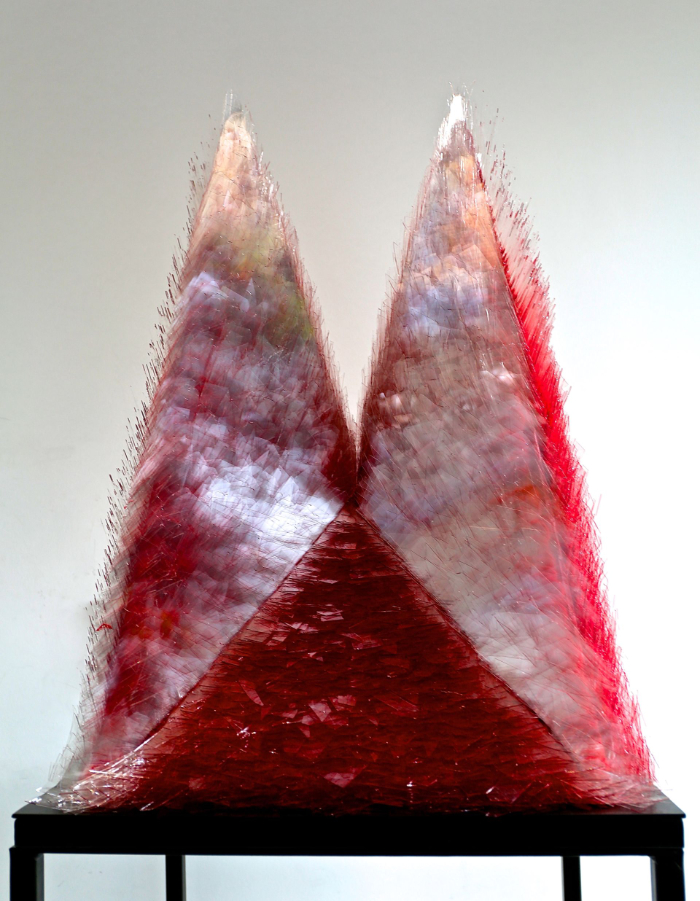

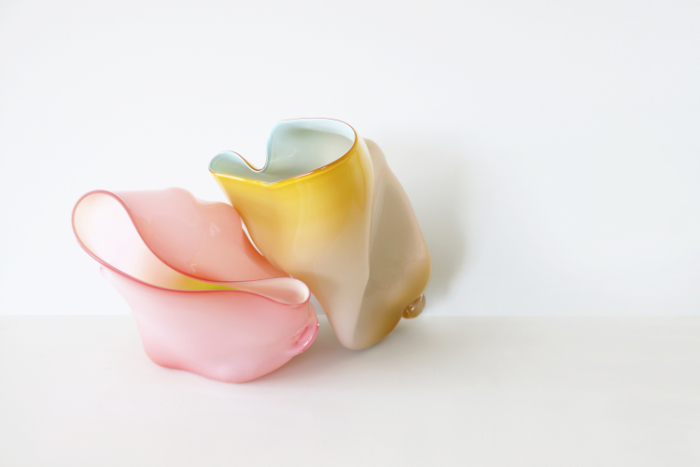
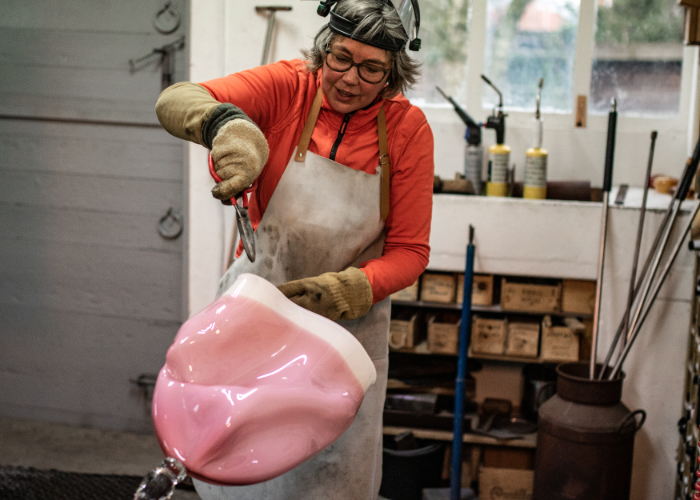
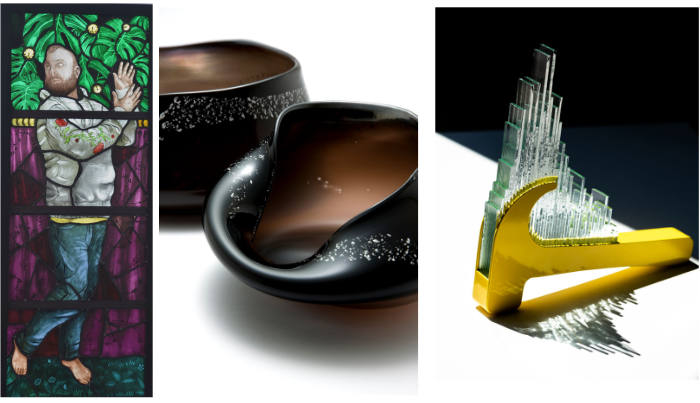
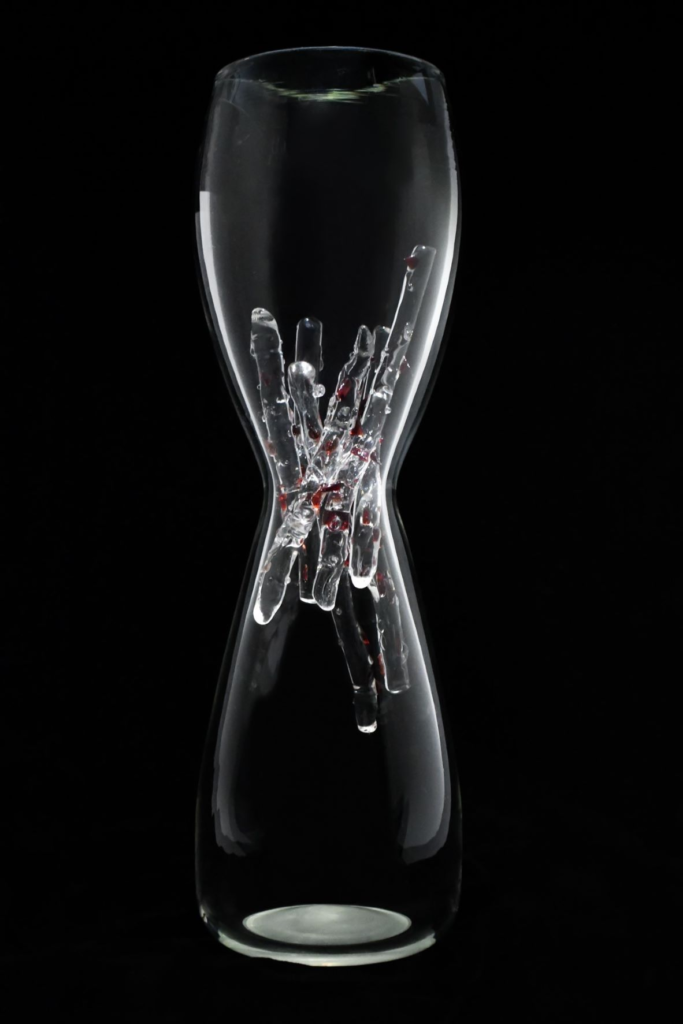
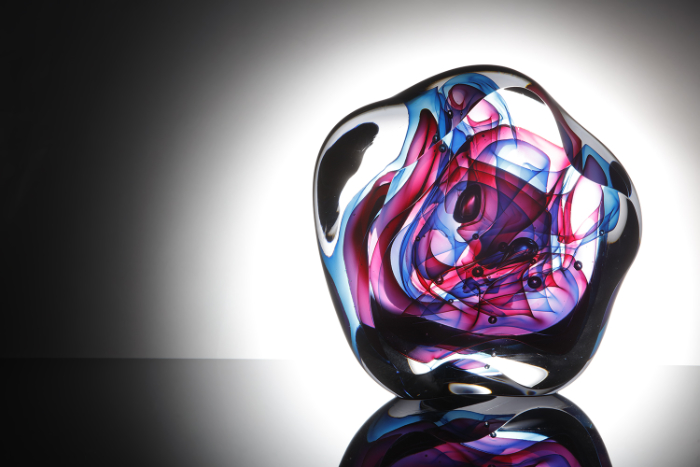
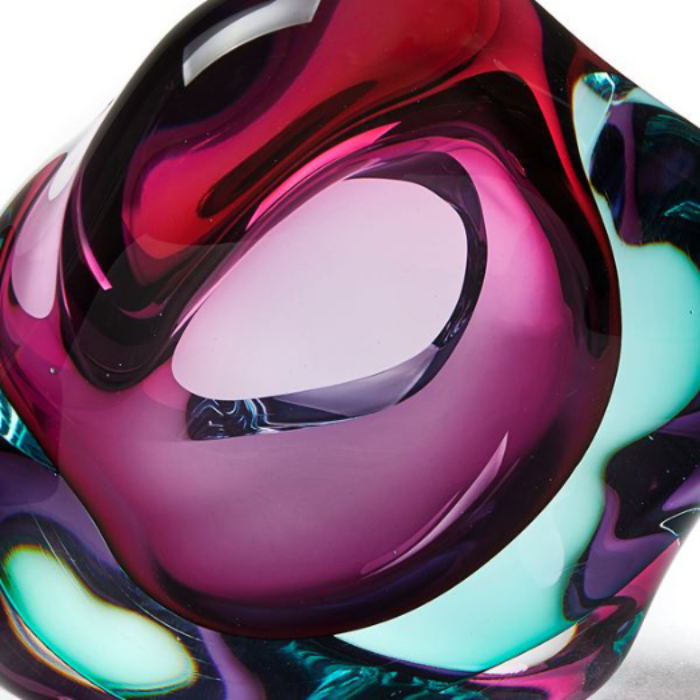
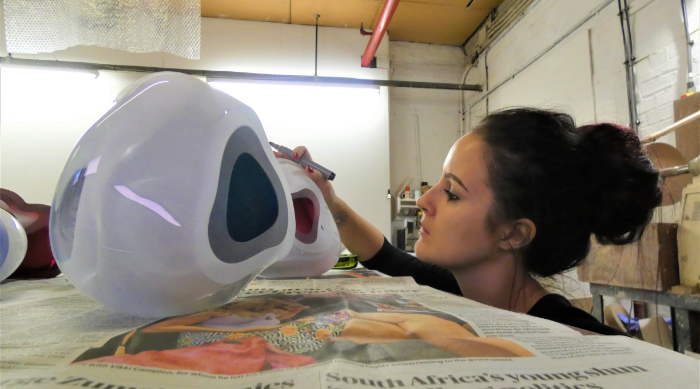 You work with glassblowers to realise your vision in glass. How do you find working with other people?
You work with glassblowers to realise your vision in glass. How do you find working with other people?